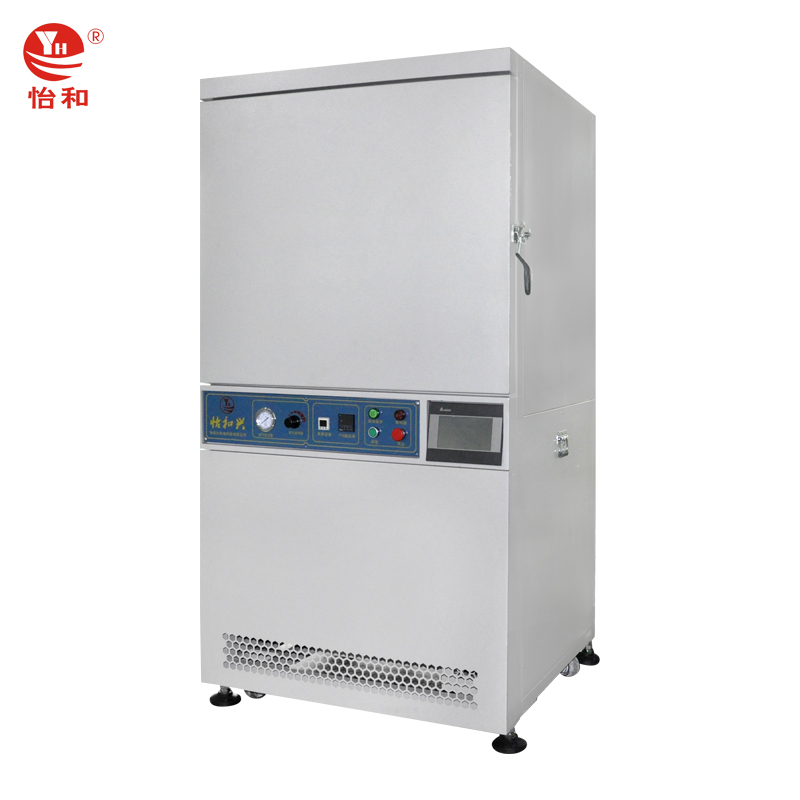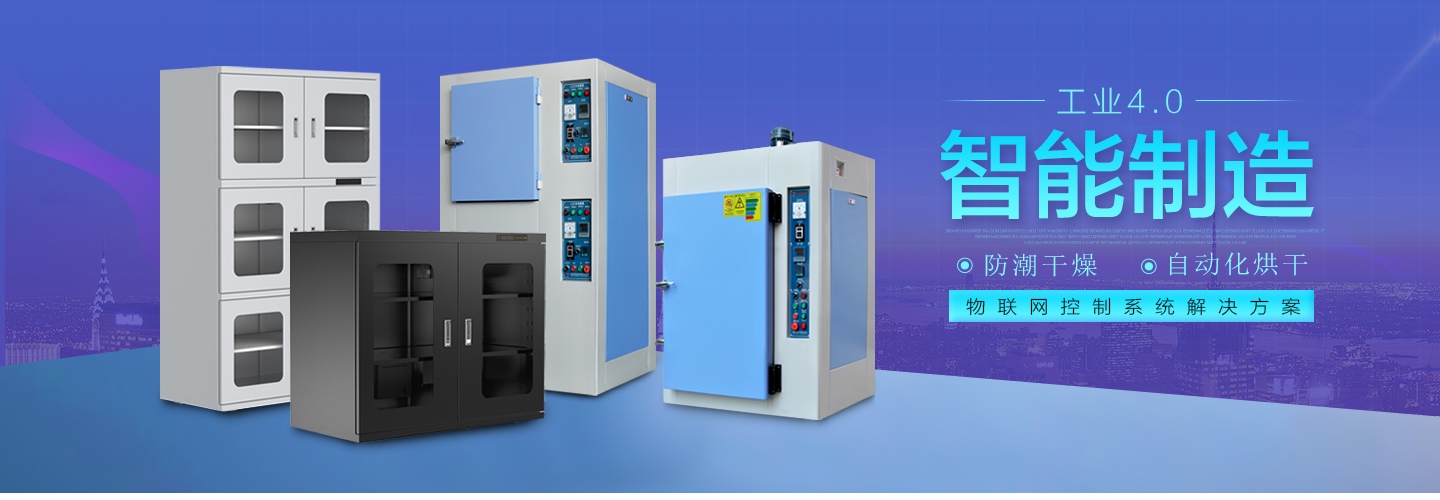vacuumdrying ovenBoth the blast drying oven and the blast drying oven are commonly used drying equipment in industry and laboratories. Many people think that there is not much difference between the two, but according to different drying types, the equipment selected is also different.
First, the drying principle is different. Blastdrying ovenIt is to use the blast circulation of the box to drive the flow of hot air to achieve the purpose of drying. However, the material is prone to shrinkage, hardening and other adverse reactions after being heated. Therefore, for heat-sensitive materials, do not use a blast drying oven to dry. The vacuum drying oven uses a vacuum pump to dry the material. The space where it is located is pumped into a negative pressure, which is the so-called vacuum state. We know that in a vacuum state or a low pressure state, the boiling points of moisture, solvents and other volatile components in the material are reduced, so that they can be removed at a lower temperature. The surface of the material particles is pumped away by the vacuum pump. It is mainly used for those materials that oxidize, polymerize and undergo other chemical reactions at high temperatures.
2. The scope of application is different. Blast drying oven is widely used in research and application fields such as biochemistry, chemical pharmacy, medical and health, agricultural scientific research, environmental protection, etc. It is used for powder drying, baking and disinfection and sterilization of various glass containers. , especially suitable for fast and efficient drying of heat-sensitive, easily decomposed, easily oxidized substances and complex components. It is used for powder drying, baking and disinfection and sterilization of various glass containers. It is especially suitable for fast and efficient drying of drying heat-sensitive, easily decomposed, easily oxidized substances and complex components.

